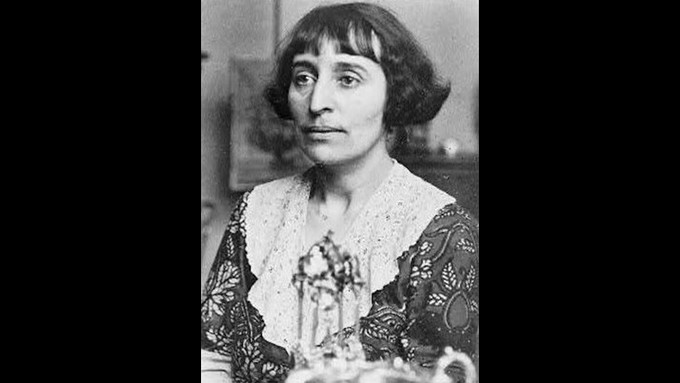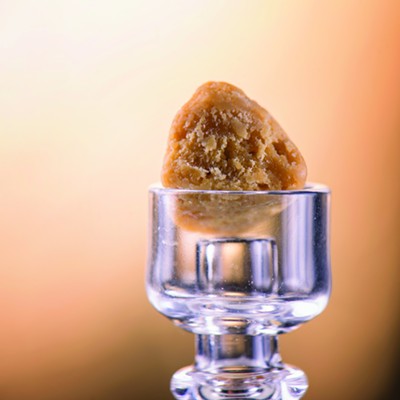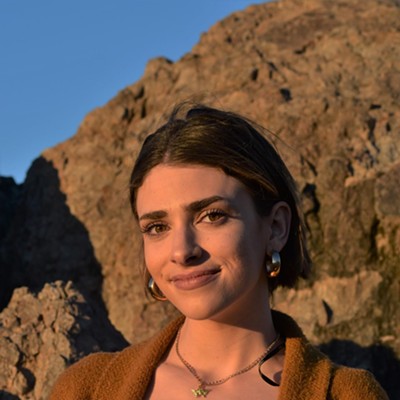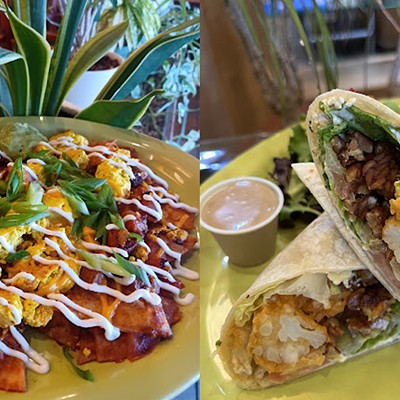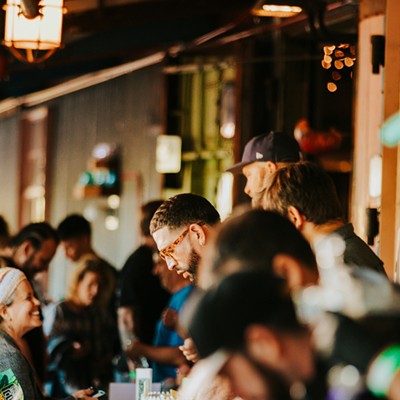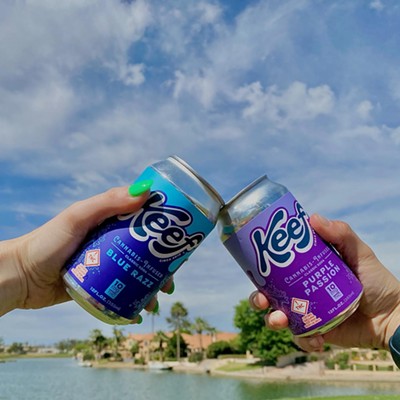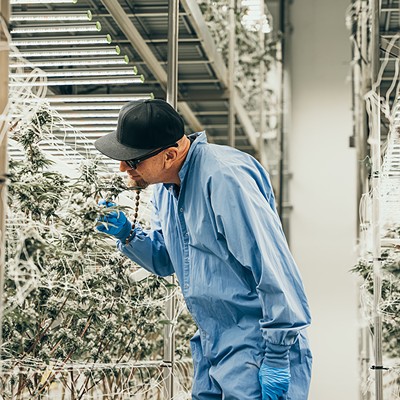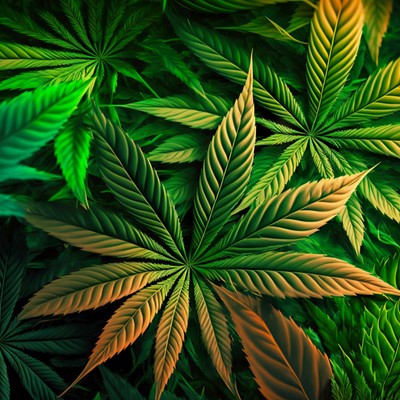Alice B. Toklas was only in Paris for two days when she met Gertrude Stein in September 1907. At 30 years old, Toklas left her hometown of San Francisco after a devastating earthquake left 3,000 people dead and her city in ruins.
A fellow California native, Stein was on her way to becoming a key figure of the Parisian avant-garde period, redefining artistic and cultural expression of the time.
While the two had striking differences in personal aesthetics — Toklas was known for her small figure, love of floral prints and a mustache that she never shaved, while Stein was usually seen draped in loose robes and a pair of sandals — they had strangely similar upbringings.
They were both from Jewish families, had grown up in California and had found themselves together in Paris.
On meeting Stein, Toklas later wrote, “She was a golden brown presence, burned by the Tuscan sun and with a golden glint in her warm brown hair. She wore a large round coral brooch and when she talked, very little, or laughed, a good deal, I thought her voice came from this brooch. It was unlike anyone else’s voice — deep, full, velvety like a great contralto, like two voices.”
They walked around the city, and the two were inseparable. Their cozy life found home in opulence, surrounding themselves in Stein’s lavish art collection and the literary elite.
By 1913, their home at 27 rue de Fleurus became a hub for literary and artistic invention, a space in which they hosted parties with attendees like Ernest Hemingway, F. Scott Fitzgerald, Pablo Picasso and Henry Matisse.
Though Toklas became a published author in the early 1950s, she was initially devoted to supporting Stein’s literary career. She even typed handwritten versions of Stein’s manuscripts, many of which were inspired by Toklas. Toklas supervised servants and hosted the parties at their salon.
Their home was full of endearing notes, each signed with "DD" or "YD," for “Darling Darling” and “Your Darling.”
Toklas was not only Stein’s muse, but her editor, secretary, closest confidante and cook. The poetry between cooking and lived experiences materialized later on, following Stein’s death in 1946.
Stein had always encouraged Toklas to use cooking as a vehicle for creative expression. Ultimately, after years of careful observation of Stein, it would play in Toklas’ favor.
“The Alice B. Toklas Cookbook” was a memoir and a book of recipes. It was a space in which Toklas reflected on her experiences during World War I and World War II, shared recipes from her famed literary friends and discussed the contrast between French and American cuisines.
It also included a recipe for hashish-infused brownies, which paved the way for contemporary edibles. The book introduced to a modern crowd an easy recipe for weed-infused goodies.
Toklas wrote, “This is the food of Paradise — of Baudelaire’s Artificial Paradises: it might provide an entertaining refreshment for a Ladies’ Bridge Club or a chapter meeting of the DAR. In Morocco, it is thought to be good for warding off the common cold in damp winter weather and is, indeed, more effective if taken with large quantities of hot mint tea. Euphoria and brilliant storms of laughter, ecstatic reveries and extensions of one's personality on several simultaneous planes are to be complacently expected.”
Published in 1954, the hashish recipe was excluded from early American copies as it was deemed too dangerous for a culture indebted to its puritanical traditions. This surprised Toklas, who casually included the recipe in the book with no idea of its looming controversy.
In the 1960s, the recipe was permitted in the cookbook’s second edition, and arguably found its way to an American audience at a crucial moment.
At the time, the hippie movement, and other elements of 1960s counterculture were becoming more attractive to many mainstream Americans. The second edition of “The Alice B. Toklas Cookbook” perfectly coincided with this, introducing Americans to a different — and discreet — method of consuming cannabis.
Although the recipe originally came from Toklas’ friend, Brian Gysin, a British-Canadian painter, she popularized it and her name continues to be linked with brownies’ legacy of weed. Her cookbook is still in print.
If you’d like to it try it yourself, the original recipe reads as follows:
“Take 1 teaspoon black peppercorns, 1 whole nutmeg, 4 average sticks of cinnamon, 1 teaspoon coriander. These should all be pulverized in a mortar. About a handful each of stoned dates, dried figs, shelled almonds and peanuts: chop these and mix them together. A bunch of cannabis sativa can be pulverized. This along with the spices should be dusted over the mixed fruit and nuts, kneaded together. About a cup of sugar dissolved in a big pat of butter. Rolled into a cake and cut into pieces or made into balls about the size of a walnut, it should be eaten with care. Two pieces are quite sufficient.”

